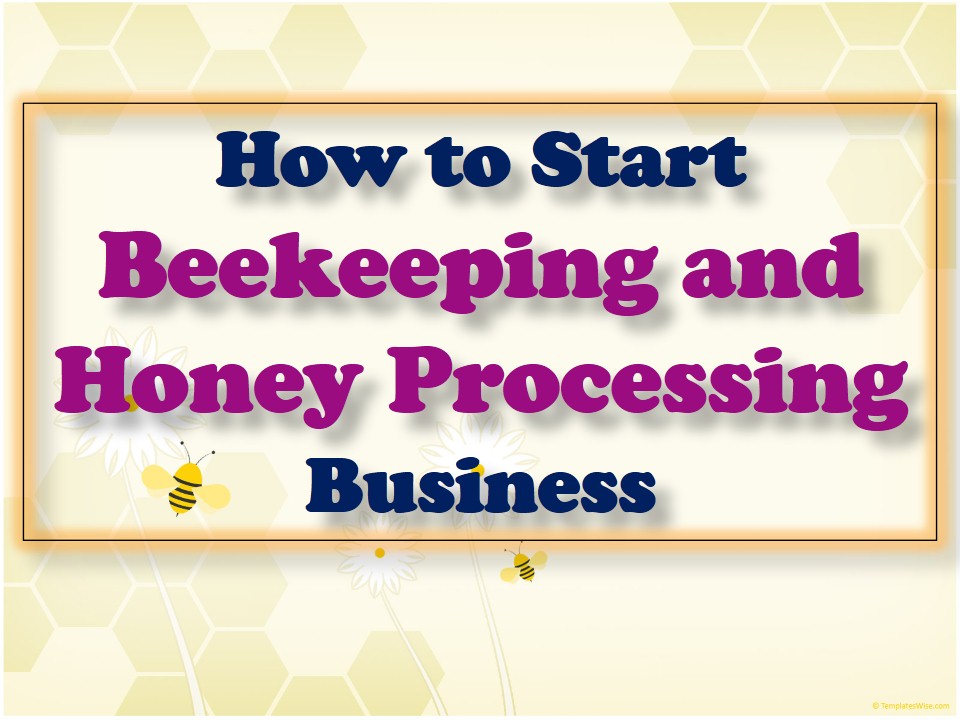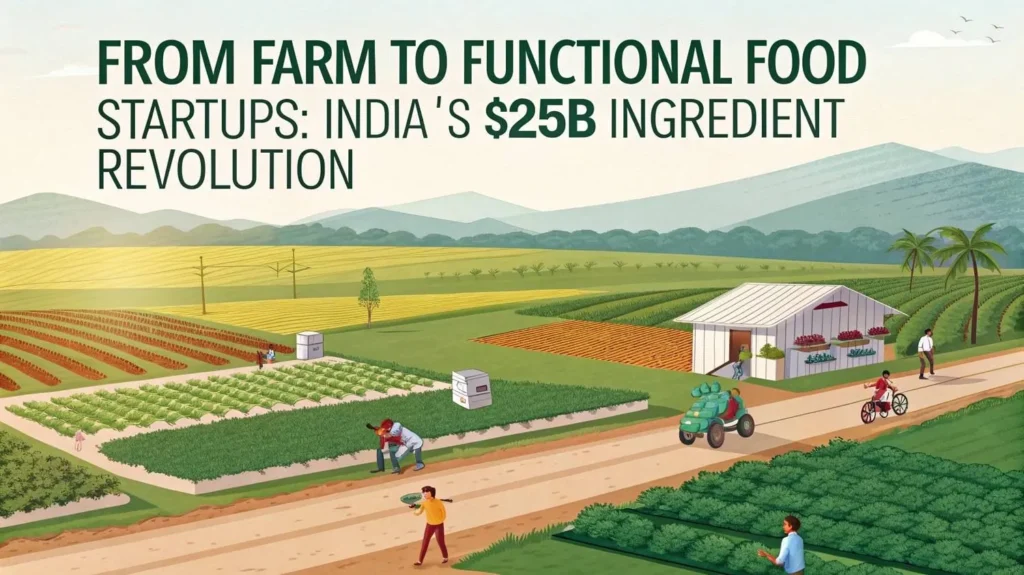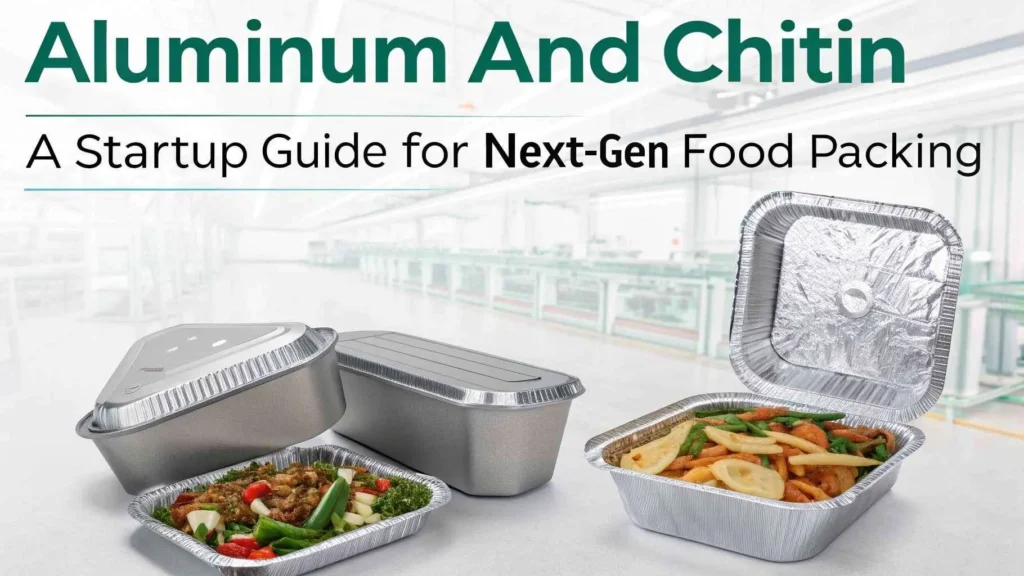
Beekeeping & honey processing is a rewarding agricultural venture that offers sustainable income and supports biodiversity. With growing demand for natural sweeteners and organic products, entrepreneurs are increasingly attracted to this profitable sector. A business in beekeeping not only requires low initial investment but also ensures long-term gains if managed with care and planning.
The Rising Demand for Beekeeping & Honey Processing
The market for natural and organic products has been steadily growing. As a result, beekeeping & honey processing businesses are being viewed as high-potential opportunities. Consumers have become more health-conscious, so products like raw honey, beeswax, and propolis are being widely accepted. These products are being used not just in food, but also in cosmetics, pharmaceuticals, and wellness items. Hence, multiple income streams can be developed from a single setup.
See Also : Waste Paper Recycling Plant
Setting Up the Beekeeping Operation
To begin, the right location must be selected. An area with ample flowering plants is usually preferred. Minimal pollution and availability of clean water are essential as well. Bees are to be housed in hives, which are mostly wooden boxes designed for easy extraction of honey.
Once the hives are placed, bee colonies are introduced. These colonies are generally sourced from experienced breeders. The bee species best suited for honey production in the region should be chosen. Popular types include Apis Mellifera and Apis Cerana. Proper care of the queen bee ensures that colony strength remains optimal.
Throughout the season, inspections should be carried out. The condition of the hive, presence of diseases, and availability of food sources need to be monitored regularly.
Tools and Equipment Required
To operate a beekeeping & honey processing business efficiently, certain tools must be acquired. Smokers are used to calm the bees during inspections. Protective gear like bee suits and gloves must be worn to avoid stings.
Hive tools help in separating frames and scraping off wax. Honey extractors are vital for large-scale operations. These machines allow honey to be separated from the comb without damaging it. For smaller setups, manual extractors are often preferred due to their affordability.
Filtration units and storage containers are also essential for the processing stage. These ensure that honey is kept free from impurities and stored safely until it is packaged.
The Honey Processing Procedure
After extraction, honey undergoes several steps before it reaches the market. First, it is filtered using fine mesh to remove wax and other solid particles. This step is important to enhance the product’s clarity and shelf appeal.
Next, moisture content must be checked. Ideally, honey should have moisture content below 20%. If levels are too high, fermentation might occur. In such cases, moisture can be reduced by controlled heating or using a dehumidifier.
Then, the honey is subjected to quality tests. Parameters like color, taste, aroma, and viscosity are usually tested. Once it passes all checks, the honey is stored in sterilized food-grade containers. Packaging is done using jars, bottles, or pouches depending on the brand’s strategy. Finally, proper labeling is applied to ensure compliance with food safety standards.
Additional Products from Beekeeping
Besides honey, several byproducts are generated during beekeeping & honey processing. Beeswax is commonly used in cosmetics, candles, and polishes. It is melted, filtered, and molded into desired shapes or blocks.
Propolis, a resin-like material collected by bees from tree buds, is highly valued for its medicinal properties. It is often extracted using alcohol-based solutions and sold in liquid or capsule form.
Royal jelly and bee pollen are also marketable items. These are usually harvested under controlled conditions and stored at low temperatures to maintain freshness.
Legal and Business Considerations
Before starting a beekeeping & honey processing business, local regulations must be reviewed. Licensing and registration are often required. Beekeeping guidelines differ by region and may require environmental impact assessments.
A business plan is strongly recommended. It must include market analysis, startup cost estimates, risk management, and revenue projections. Funding can be sourced through agriculture loans, government grants, or private investors.
Branding and marketing strategies must also be considered. A unique selling point—such as organic certification or floral source identification—can boost sales significantly.
Sustainability and Environmental Benefits
A business in beekeeping & honey processing benefits more than just the entrepreneur. Bees are essential pollinators, and their presence improves crop yields in surrounding farms. Thus, ecological balance is supported.
Chemical-free hives and responsible practices can be used to maintain environmental sustainability. Overuse of antibiotics and pesticides must be avoided. Also, waste products like old combs and wax scraps should be disposed of properly or recycled.
Through responsible beekeeping, biodiversity can be enhanced, especially in regions facing habitat loss or agricultural decline.
Challenges and Solutions
Several challenges may be encountered during the setup and operation of a beekeeping & honey processing business. Colony collapse due to disease, climate change, and lack of forage can affect productivity.
To address these issues, continuous education and training must be pursued. Beekeepers’ associations and online forums provide valuable knowledge and updates. Preventive treatments and hive management strategies should be employed regularly.
Moreover, to overcome market competition, high product quality and excellent customer service should be offered. Customers who trust a brand are more likely to make repeat purchases and recommend the product to others.
Storage and Distribution
After honey is processed and packaged, it should be stored in cool, dry places away from sunlight. Temperature fluctuations can cause crystallization. Though crystallized honey is still edible, many consumers consider it inferior.
Distribution networks should be well-planned. Local farmers’ markets, grocery stores, online platforms, and export channels may be utilized. Each channel comes with its own costs and benefits. Therefore, business owners must evaluate which option suits their production scale and brand image.
Special care should be taken during transportation to avoid product spoilage or leakage. Food-grade packaging and proper sealing are vital for product integrity.
Future Prospects and Innovation
As the health food market expands, beekeeping & honey processing will continue to evolve. Innovations like flavored honey, infused honey blends, and honey-based beverages are gaining popularity.
Furthermore, the integration of smart technologies such as hive monitors and automated extractors is making operations more efficient. These tools can detect issues early, optimize harvesting schedules, and reduce labor costs.
Export potential is also significant. Many countries prefer high-quality honey from regions that maintain strict purity standards. Therefore, international certifications like ISO, HACCP, or Organic EU can be obtained to expand globally.
See Also : Wall Putty Manufacturing
Conclusion
Starting a beekeeping & honey processing business can be one of the most satisfying and profitable ventures in agriculture. With the right approach, even small-scale producers can compete in larger markets. Equipment, environment, training, and legal compliance must all be given equal importance.
By following responsible and sustainable practices, long-term success can be achieved while contributing to environmental conservation. As market trends favor natural and organic products, beekeeping & honey processing is likely to remain in high demand for years to come.





